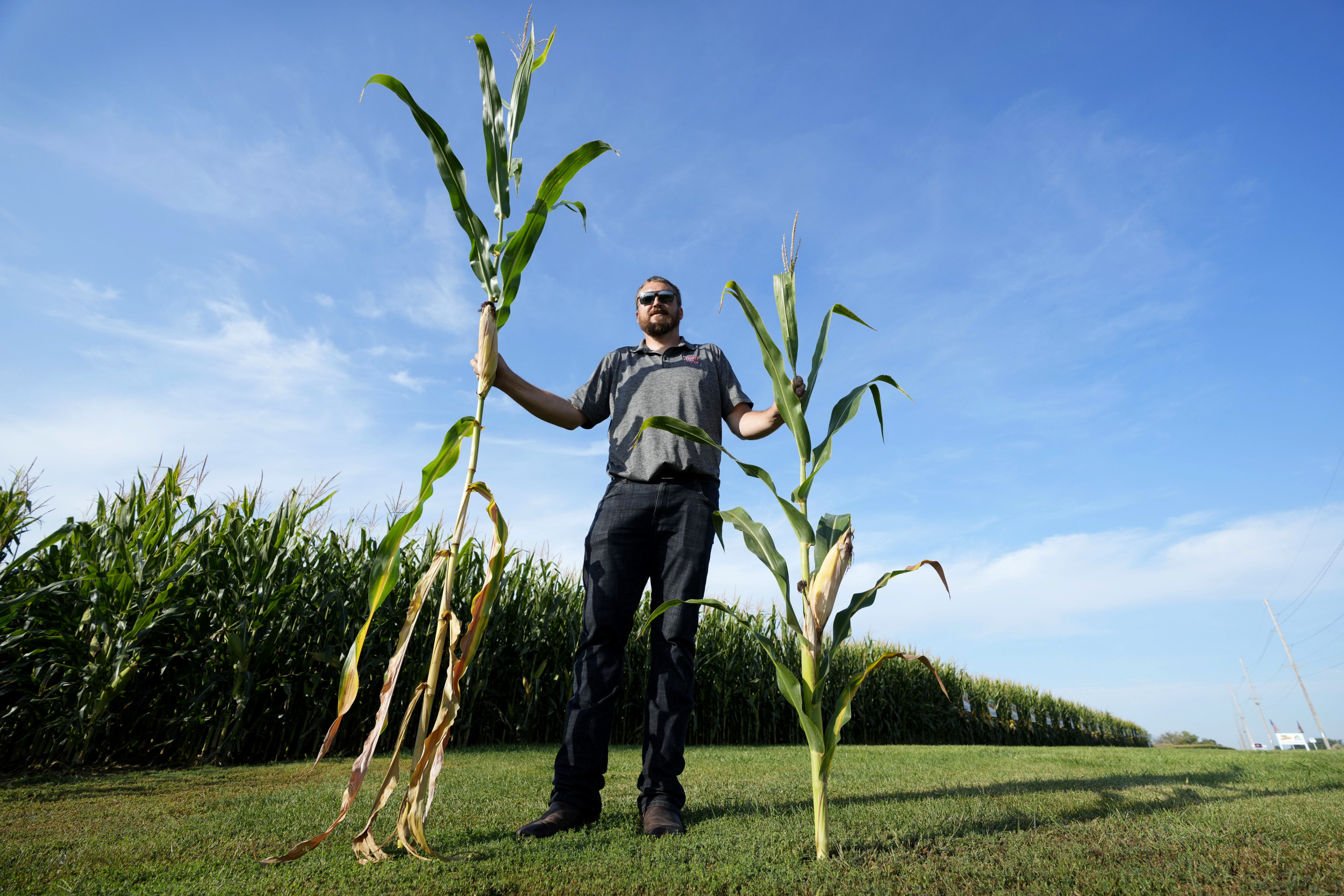🎙️ Voice is AI-generated. Inconsistencies may occur.
A new COVID-19 variant spreading across the United States may cause an extremely painful sore throat—dubbed the "razor throat"—among its symptoms.
The new "Nimbus" strain, also known as COVID-19 NB 1.8.1, was first detected in China in January, and was classified as a variant "under monitoring" by the World Health Organization (WHO) in May.
NB 1.8.1 has been reported in a number of US states—including California and New York—with reports of the variant increasing globally.
NB 1.8.1 made up a whopping 37 percent of all reported COVID-19 diagnoses between May 25 and June 7, according to the Centers for Disease Control and Prevention (CDC).
This is a significant increase since late May, when a CDC spokesperson told Newsweek that there had so far been "fewer than 20 sequences of NB.1.8.1 in the U.S. baseline surveillance data to date, so it has not met the threshold for inclusion in the COVID Data Tracker dashboard."

Omicron LP.8.1 remains the most commonly reported Covid variant at present, but its share of 38 percent of all cases places NB 1.8.1 at a close second.
For comparison's sake, the CDC listed LP.8.1 as making up 70 percent of reported cases between April 26 and May 10, mere weeks ago.
Reports from Chinese media via the LA Times indicate that symptoms of "razor throat" and coughing appear more prevalent with the new strain that is predecessors.
According to the CDC but the following symptoms are common with COVID-19 in general:
- Fever or chills
- Cough
- Shortness of breath
- Sore throat
- Congestion, runny nose
- New loss of taste or smell
- Fatigue
- Muscle or body aches
- Headache
- Nausea or vomiting
- Diarrhea
Infectious disease expert and CEO of Wellness and Equity Alliance, Dr. Tyler B Evans, previously told Newsweek that there was "no clear evidence that this subvariant presents dramatically different symptoms from other recent strains.
"We're still seeing common indicators like sore throat, nasal congestion, fatigue, and cough," he said.
"In some cases, especially among unvaccinated or immunocompromised individuals, symptoms can escalate to more severe respiratory distress."
Now Evans—author of the book Pandemics, Poverty and Politics—says that the rise of the new subvariant "is another reminder that this virus isn't done evolving and neither is our responsibility to respond with care, clarity and science."
"While we're not seeing signs that it causes more severe illness, there are increasing reports of particularly painful sore throats and persistent coughing. These symptoms aren't new to COVID-19, especially with Omicron subvariants, but their intensity is something we're watching closely.
"Right now, there's no need for alarm, but there is a need to stay grounded in what we know works: testing when symptomatic, isolating if positive, masking in crowded indoor spaces, and staying current on vaccinations. These measures continue to protect not just ourselves, but our communities, and especially the most vulnerable among us."
Newsweek has contacted the CDC for comment.
Do you have a tip on a health story that Newsweek should be covering? Do you have a question about COVID-19? Let us know via [email protected].
Update 06/18/2025, 06:36 ET: This story has been updated with new comments from Tyler Evans.
About the writer
Rachael O'Connor is a Newsweek Life & Trends reporter based in Leeds, U.K. Her focus is on reporting trends from ... Read more



